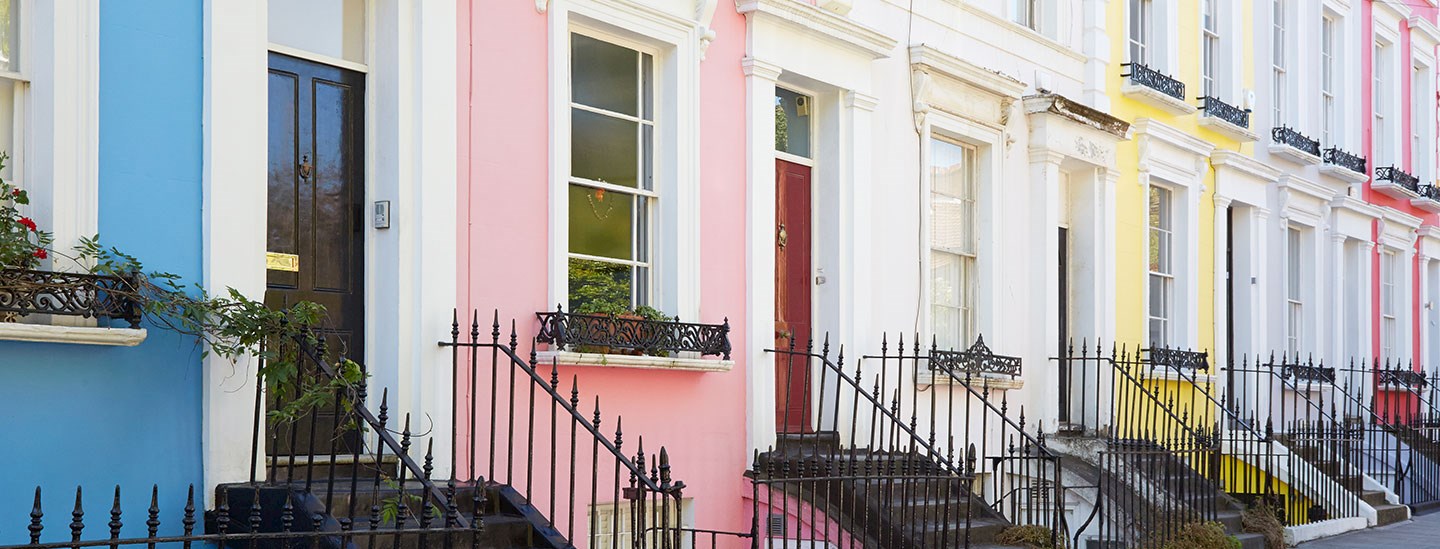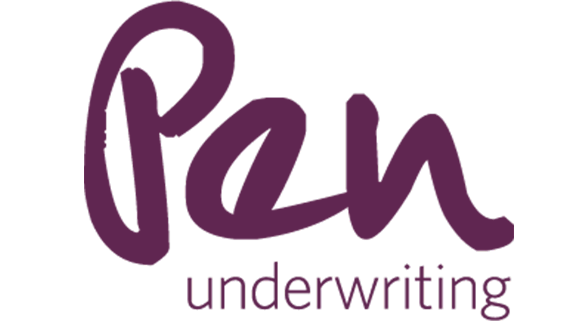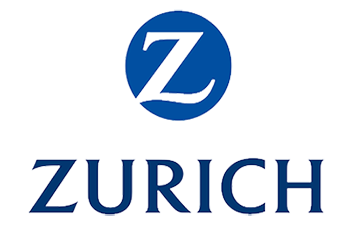As a freeholder or joint freeholder, whether you want buildings insurance for two flats in a converted house or multiple flats in a purpose built block, you need what is frequently referred to as block of flats buildings insurance.
We find freeholder building insurance that works for your budget
More than three decades of experience makes us one of the longest established and dedicated block of flats insurance brokers in the UK. We understand that cover and price are important to you when searching for freehold insurance.
We also know that freehold property comes in all shapes and sizes, including converted houses and large detached houses, to purpose built blocks and even listed buildings — of standard and non-standard construction.
Working with our insurance partners, our specialists use their experience and knowledge to find you a suitable level of freeholder cover at a price that works best for you.
Benefits of block of flats building cover for freeholders
Buildings insurance for freeholders can help reduce the risk you take as the owner of a property. Here are some items you should expect to find in a standard block insurance policy. Gallagher works with you to understand your unique needs and scales a risk program to align to your risk needs.
- Building cover: including fire, theft, accidental damage, water damage, flood and storm.
- Inflation: protection of up to 50%. We use recognised independent price indices to amend your sums insured to reflect inflation.
- Communal contents, if needed: An example is fitted carpets.
- Trace and access: Leaks in service pipes, for example.
- Alternative accommodation or loss of rent: if your home isn’t habitable or tenants have to move out.
- Outbuildings: Examples are garages and communal gardens and grounds.
- Excess: One excess per incident so if damage affects several flats, you are liable for only one excess per total claim.
- Replacement keys: if there are a lot of flats in your ‘block’ the cost to replace keys to communal entrances can soon add up.
- Employers’ liability: to cover the risk of anyone having an accident or loss while working in communal areas
- Third party liability: up to £10 million worth of cover.
Policy limits and exclusions may apply, please see the policy wording for full terms and conditions.
Our dedicated, in-house claims team is there for you
Should you need to make a claim, a member of our experienced, in-house claims team based in the UK will guide you step-by-step through what can be a complex claims process. This can be especially true if multiple flats are involved in the claim.
To file a claim call on 0800 612 3781. Our claims service is available 24 hours a day, 365 days a year.
Some of our insurance partners
Our specialists work with well-known insurers to shape a policy around your needs. We do the work so you don’t have to. Our insurers include:





